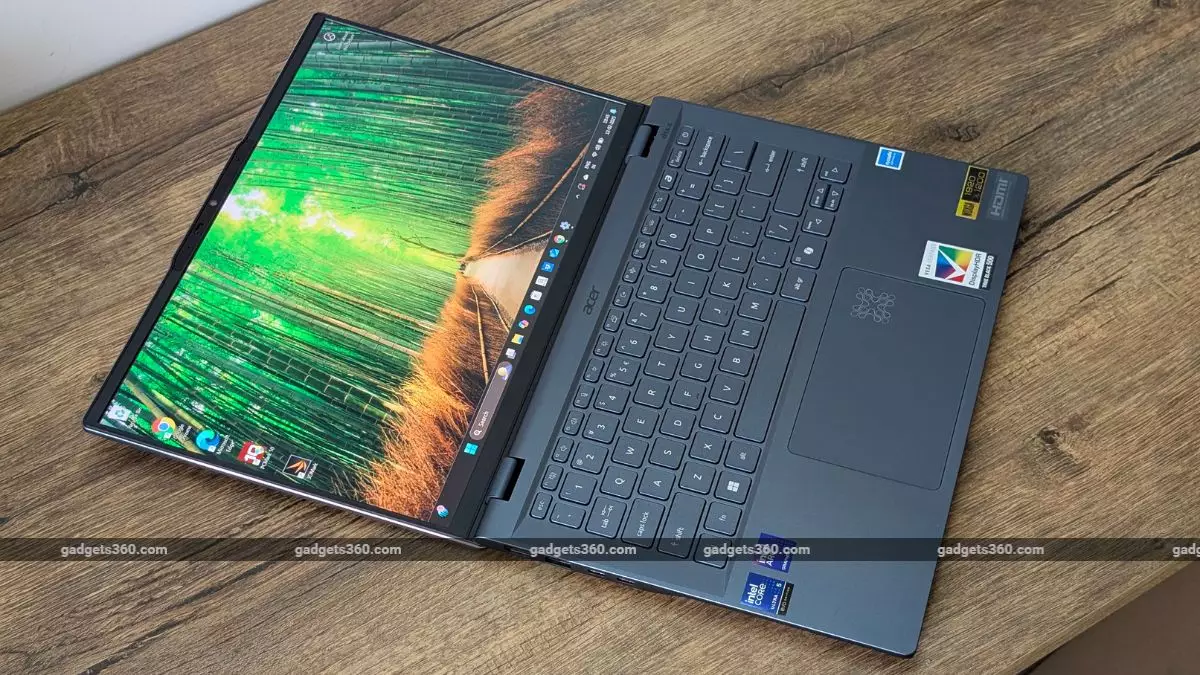In an astonishing turn, India’s personal computer (PC) shipments recorded an uptick of 8 percent in early 2025, defying the stagnation that has haunted many global markets. Market research firm IDC highlighted that the rise in shipments coincides with a burgeoning demand from both enterprises and small to medium-sized businesses (SMBs). However, this growth must be scrutinized through a critical lens. The figures—3.3 million units shipped in the January-March period—paint an intricate picture. Yes, this marks the seventh consecutive quarter of growth, but it cannot overshadow the evident turmoil in specific sectors, particularly the desktop category.
The Giants and Their Dominance
HP’s commanding lead with a 29.1 percent market share illustrates the brand’s unwavering grip on the market, particularly within the consumer and commercial segments. Following closely are Lenovo and Dell, with Acer and Asus trailing behind. Yet, in this fierce competition, one must ask why these specific players continue to thrive. Are they genuinely innovating, or are they simply reaping the benefits of a recovering economy and capitalizing on existing consumer needs? Dell, for instance, holds a meager 15.6 percent share while Lenovo’s growth—36.4 percent in the consumer segment—exposes an underlying issue: the stifling sameness of products available today.
The Decline of Desktops and the Rise of Notebooks
The desk-bound computers we grew up with are fading, evidenced by a 2.4 percent decline in the desktop category. What does this decline signify? As younger generations prioritize mobility and versatility, the traditional desktop is becoming less relevant. Meanwhile, notebooks soared with a remarkable 13.8 percent growth year-on-year, and workstations shot up by an impressive 30.4 percent. The rise of AI notebooks—an astronomical 185.1 percent growth—speaks volumes about consumer preference for cutting-edge technology, but is it truly reflective of progress, or merely a shiny new distraction? One can’t help but wonder if these advancements are pushing the landscape forward or diverting our focus from foundational improvements that are equally crucial.
Commercial Demand: A Double-Edged Sword
The commercial segment recorded a commendable 7.5 percent growth, yet it comes with a cautionary note. IDC’s Navkendar Singh points out the wariness of the IT/ITES sector. While enterprise orders boost commercial sales, companies are hovering over existing assets, reluctant to plunge into new investments. This hesitance casts a shadow over the supposed growth, indicating a perhaps temporary uptick bolstered by necessity rather than genuine enthusiasm for technology. The growing interest in AI PCs to enhance productivity is promising but raises the question: Are we ready to fully embrace the impending technological landscape when the market remains so cautious?
Consumer Trends: The Dichotomy of Growth
The consumer segment is not without its complexities. Driven by festive sales and aggressive marketing strategies, it surged by 8.9 percent. However, it raises a pertinent concern: Is this reflective of sustainable growth, or merely transactional spikes created through short-lived campaigns? The world is moving towards a digital future, and consumer expectations are evolving at a dizzying pace. Yet, brands must grapple with a fundamental truth—what consumers crave often lies at odds with what tech companies are producing.
The Promise and Perils of Innovation
As India’s market continues to flourish, the interplay of technology and consumer behavior serves as a double-edged sword. The rise of AI capabilities integrated into PCs can be seen as a genuine leap forward. However, organizations offering these solutions must ensure they’re enhancing the user experience, rather than overshadowing it. Amid the buzz surrounding innovation, we must champion meaningful progress that resonates with the realities of those using the technology.
In this tangled web of growth, competition, and evolving demands, one sentiment remains clear: the Indian PC market stands at a pivotal point. The future calls for a renewed focus on innovation that is not just skin-deep but resonates with the core needs of consumers while fueling a robust and forward-thinking economy.


Leave a Reply